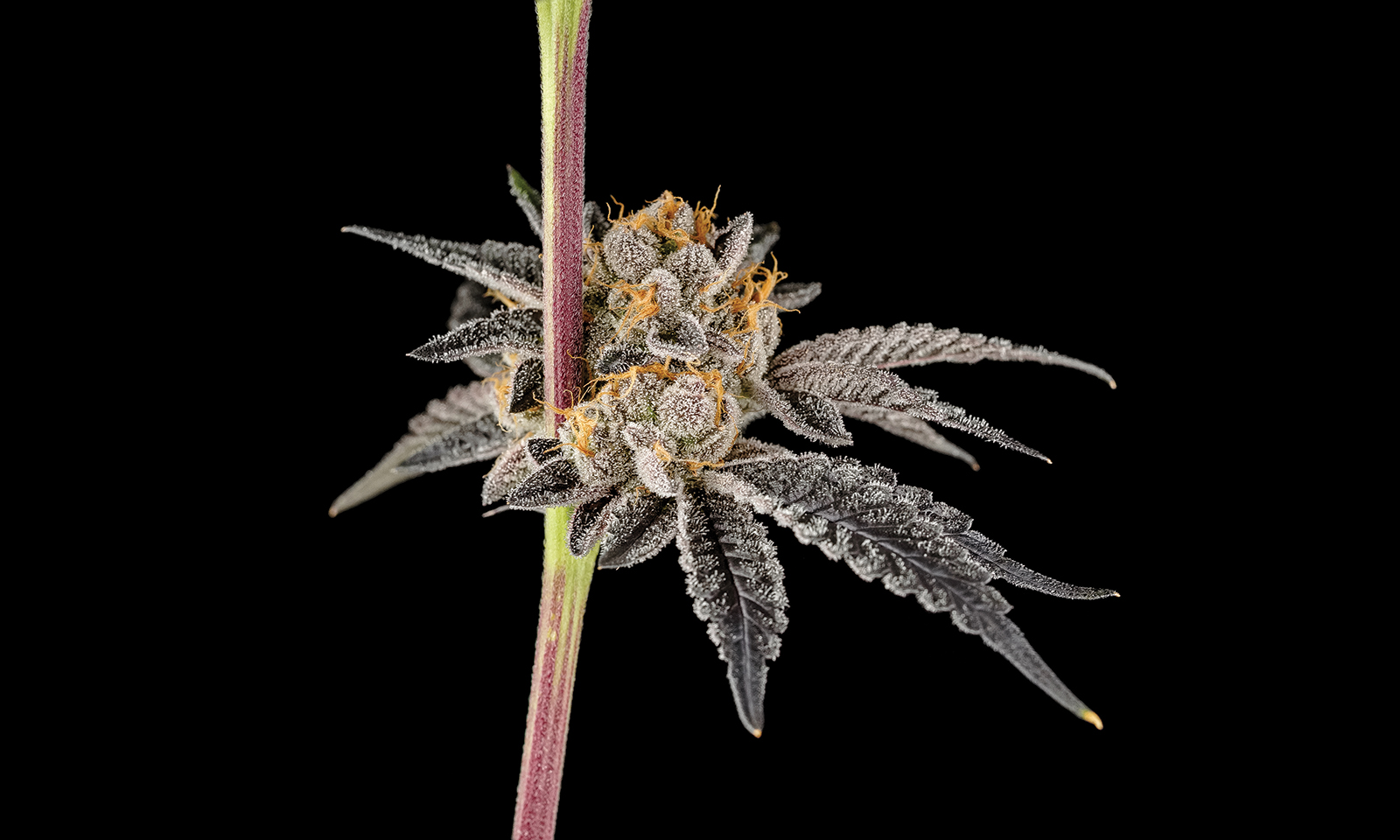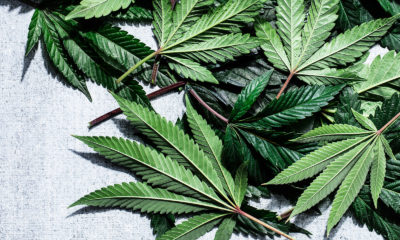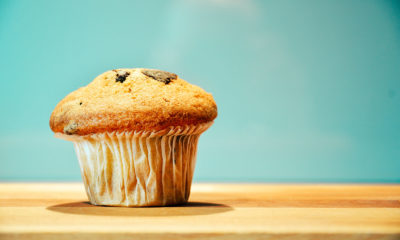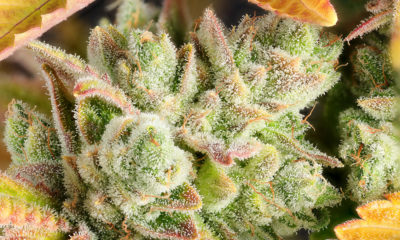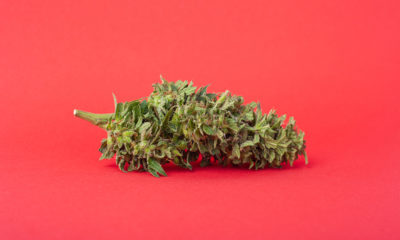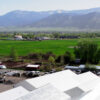Candyland is the Daytime-Friendly Child of Granddaddy Purple
From legendary cultivator Ken Estes, creator of the mythical GDP, comes this lighter, more cerebral Cookies cross.
Purple, according to Ken Estes, is more of a taste than it is a color. “When you smoke Granddaddy Purp, the taste is so unique,” Estes says over the phone.
“I don’t call it sweet. I used to call it dank. It’s not so much sweet as it is kind of tart, but not sour,” he says. “I used to say, ‘That’s what the flavor is — purple.’”
This explanation may not satisfy terpene hunters looking for exact numbers of myrcene and limonene content, but before you judge, it’s well worth considering Estes’ resume.
The original and legendary GDP, once and for a very long time the signature strain in medical cannabis collectives in the San Francisco Bay Area and beyond, is his strain. He (and his genetics) survived a federal raid way back in 2008, as well as a half-decade’s worth of city-level red tape woes in order to grow and sell it, along with a small family’s worth of crosses.
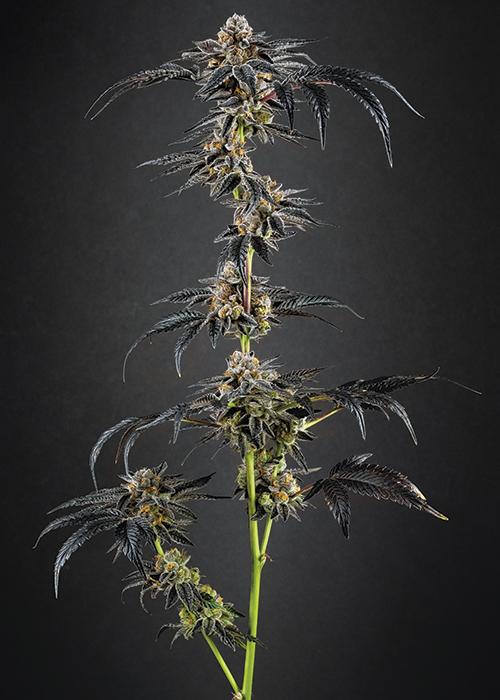
For Estes, the work is a labor for which he’s been rewarded with a literal armload of cannabis breeder awards: cups, trophies, plaques and cred. Post-legalization, when many medical-marijuana era titans are fond memories and not much else, Estes is still here, still cracking seeds.
But sometimes, the original is still the best. Other times, even when the original is what you’re pretty sure you mostly want, it’s not quite the right fit. That’s when you get to crossing.
A Purple Star Is Born
Back in 2011, before the Cookies craze became the cannabis world’s runaway marketing success and took over menus from San Diego to Seattle, Estes was looking for a daytime-friendlier version of the heavy, sedating GDP that also had better resistance to mold.
GDP “had so much moisture in it,” he explains. “I was just trying to find a good mixture.”
At the time, Cookies and its many varieties were known to breeders but had yet to take over the market. Estes picked Cookies not for the name, but for its traits: a lighter high than GDP, better mold resistance and friendlier in the grow room.

Crossing a male GDP plant with a female pheno of Bay Platinum Cookies yielded a sweeter, easier-to-grow, lighter-on-the-head plant striped with “nice, deep veins of purple” that clocks in at about a consistent 23-24% THC.
And so, Candyland was born — almost by mistake, at least in the name. “I did a bunch of phenos, and I really fell in love with it,” Estes says. “I really liked the way the plant grew. It’s real branchy.
“I had so many crosses, I just called that one Candyland,” he adds. “I wasn’t crazy about the name. I was trying to find [another name] that nobody could say was attractive to children. We just called it that due to a lack of names. But it was the best strain that evolved, so we stuck with the name.”
“Be careful what you name them,” he says, chuckling.
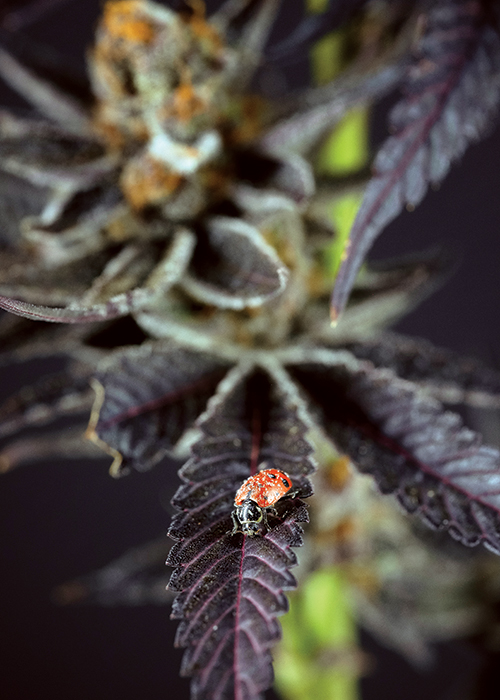
A grower’s delight, Candyland consistently yields up to 5 pounds outdoors, according to Estes, who cultivates both greenhouse and outdoor in the Emerald Triangle. Under the lights — the only place Estes grows GDP these days — it’s a quick finisher, ready to cut and cure at eight weeks.
The Sincerest Form of Flattery?
So where can you get some? Candyland is available all over much of the West Coast, including at TreeHawk Farms in Washington state — that is, the real Candyland is available there, which is no guarantee other places.
“They got the Candyland seeds from me,” says Estes, bestowing the official seal of approval, without which someone unfamiliar with how purple is supposed to smell and taste could be taking home a purple-colored impostor.
“A lot of stuff on the shelf that says GDP or Ken’s GDP or Candyland are not the real McCoy. It’s just people using the name,” he says. “You can’t stop the real McCoy.”
But eliminating pretenders might take a while yet. Estes says he’s patented the name “Granddaddy Purple” and is working towards mapping the strain’s unique genetics so that once strains themselves are readily patentable, he can lay claim to all true GDP cuts as well as ownership of the name he created.
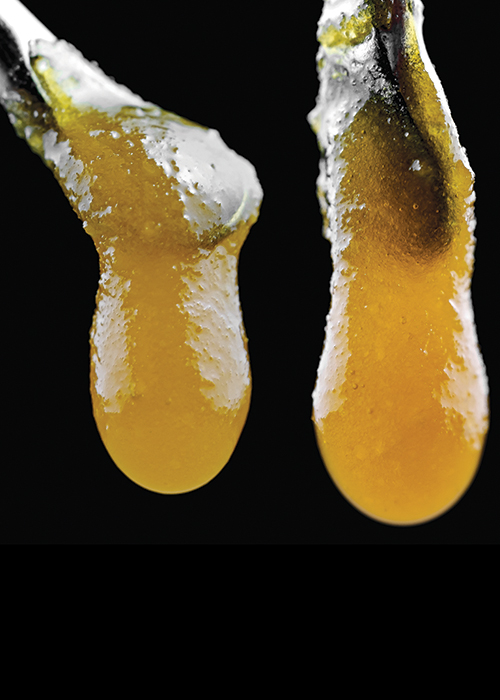
“The names of the strains are more important than before,” he says, identifying one of the main paradigm shifts in modern cannabis. This condition is a stark contrast to the state of affairs a decade ago, when nearly every dispensary could be counted on to stock a purple, an OG and maybe not all that much else.
Soon, Estes says, dispensary patrons will be able to load up on strains sold under the umbrella of Ken’s original GDP, Ken’s Kush, the CBD-rich Sandman, and Candyland, the sweeter, less stoney and easier to grow progeny of a legitimate medical-marijuana era legend.
Cannabis Now had just one more question. What does purple — flavors of which run through Candyland, GDP and every other child of the granddaddy — really taste like? “I really haven’t found the words to describe it,” Estes says.
Sometimes, it seems, it’s a color that’s worth a thousand words.
Originally published in the print edition of Cannabis Now.



